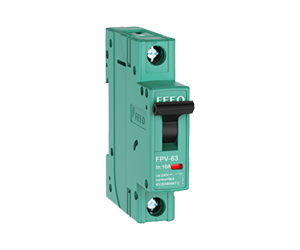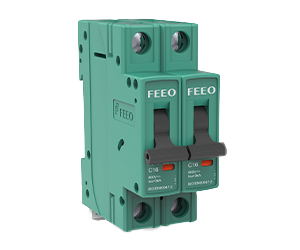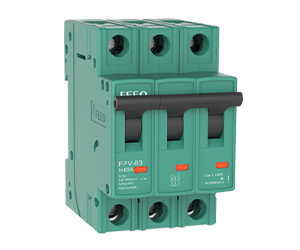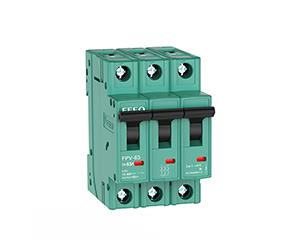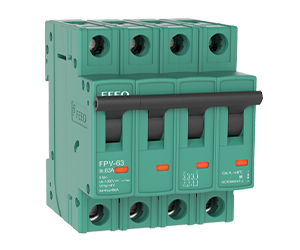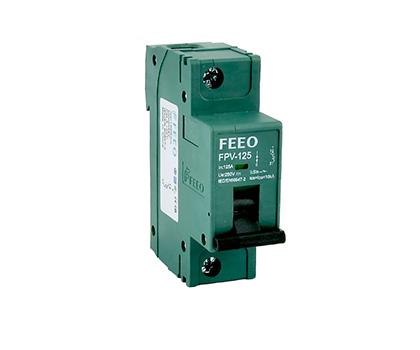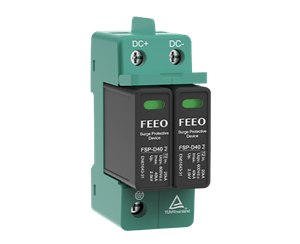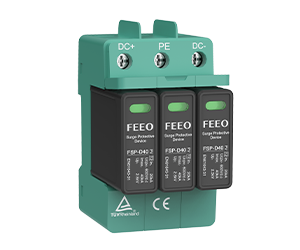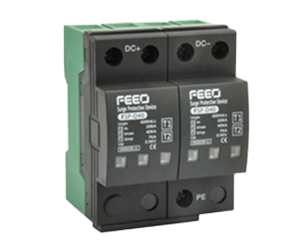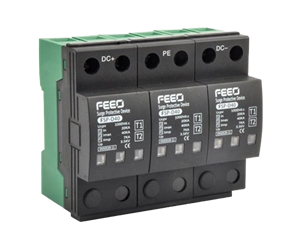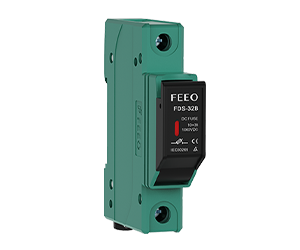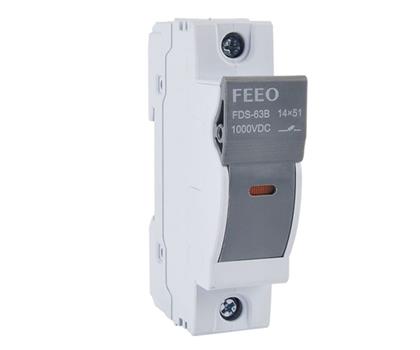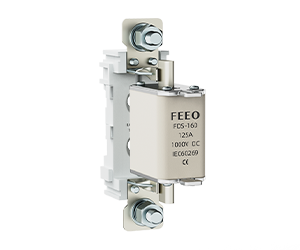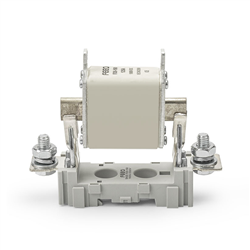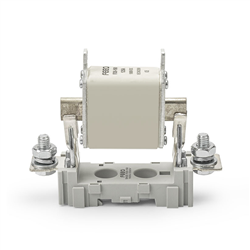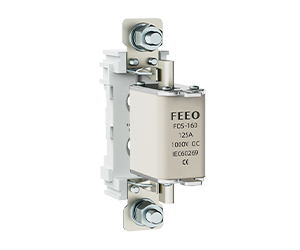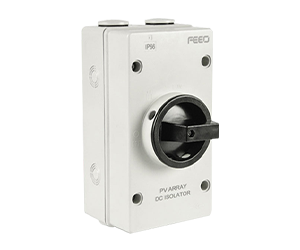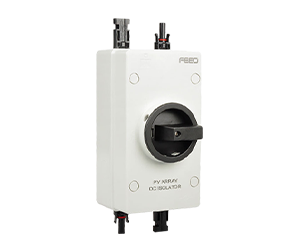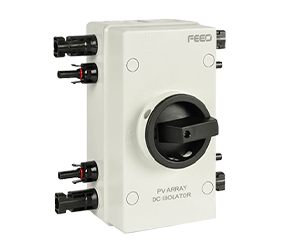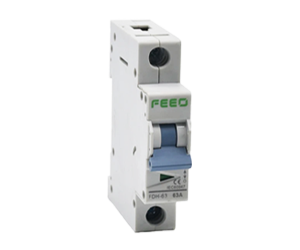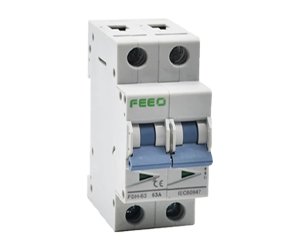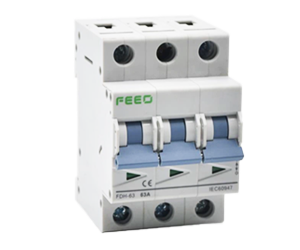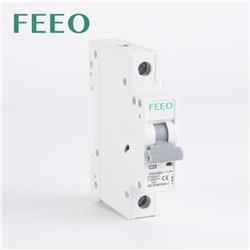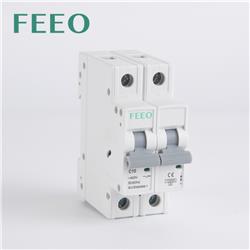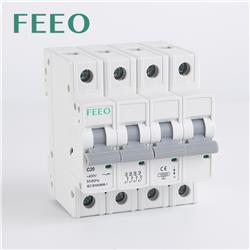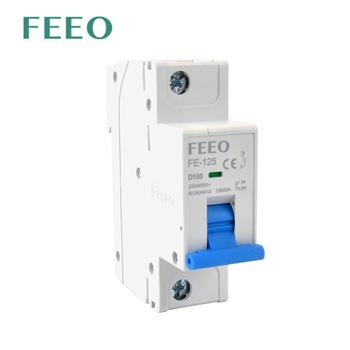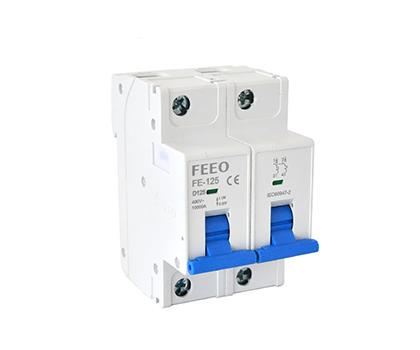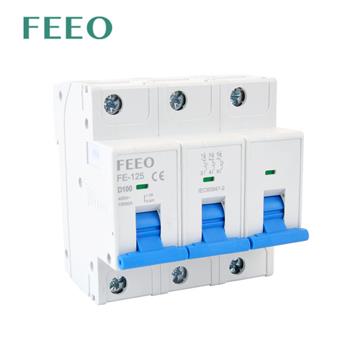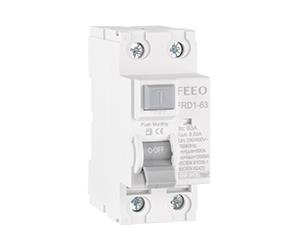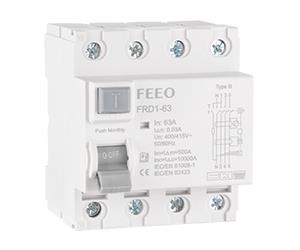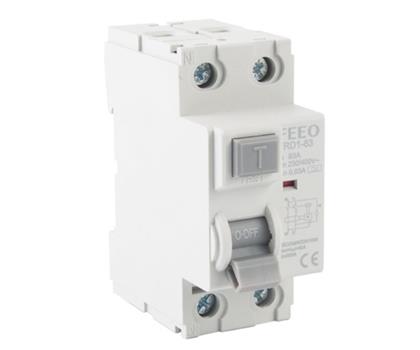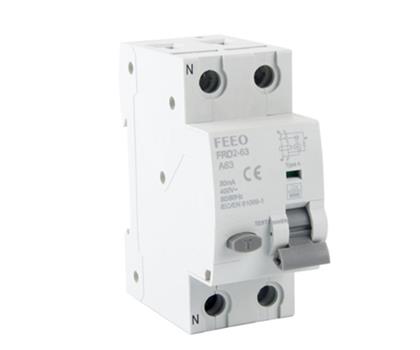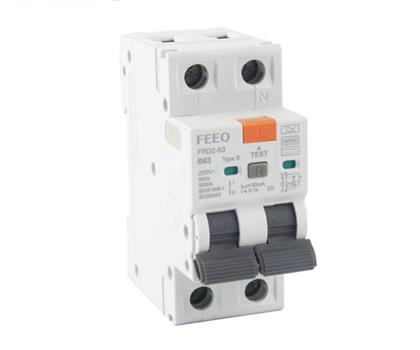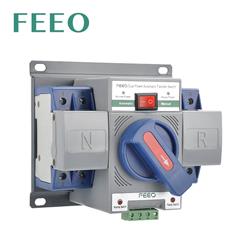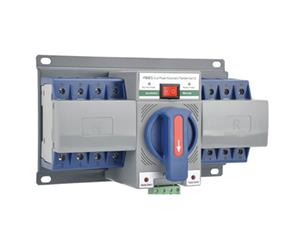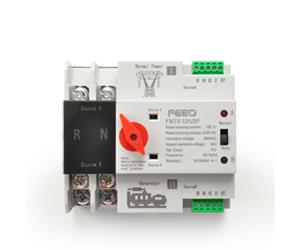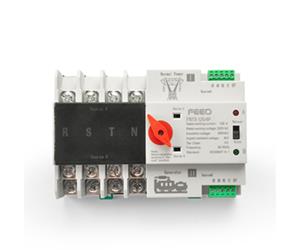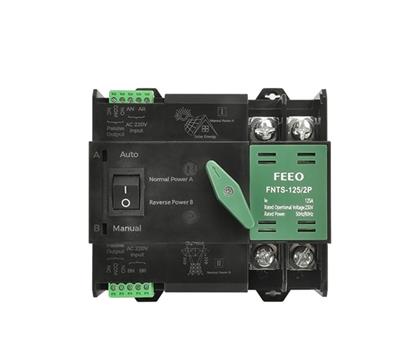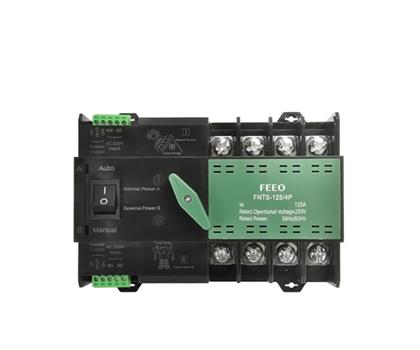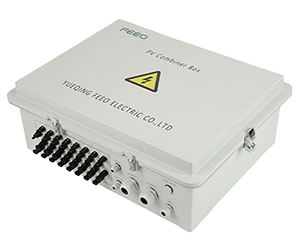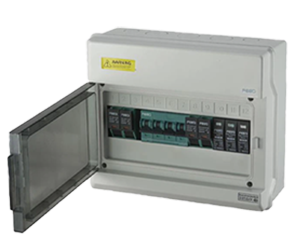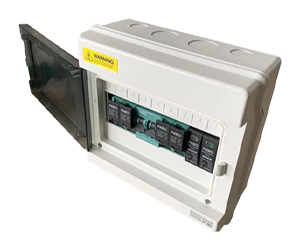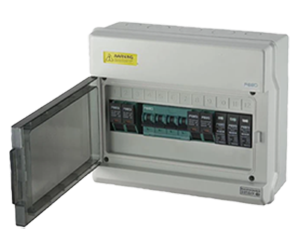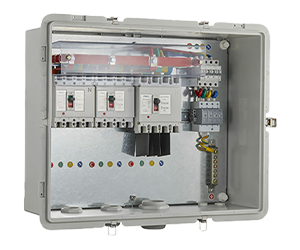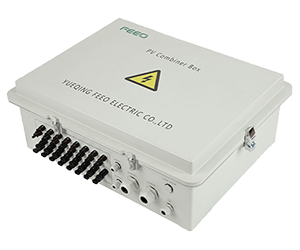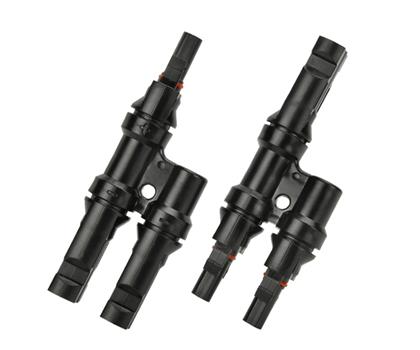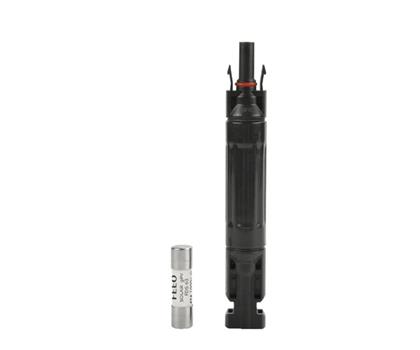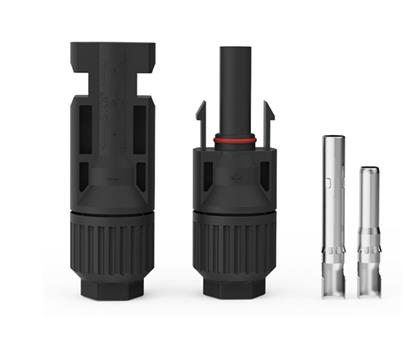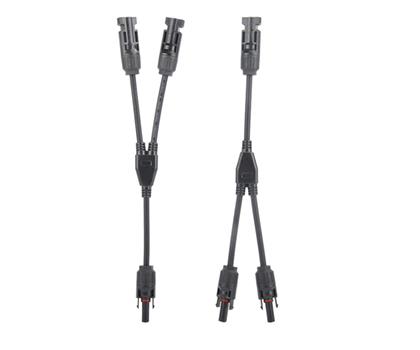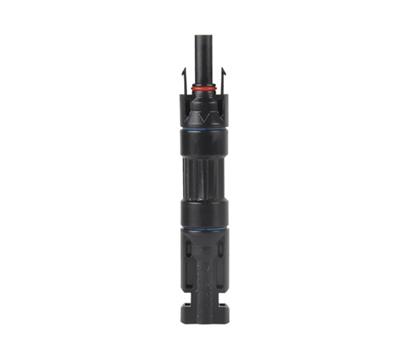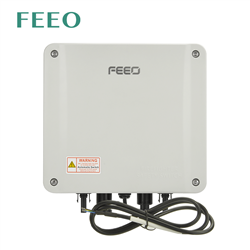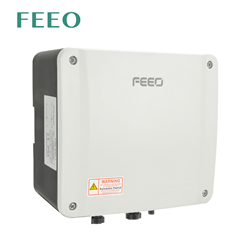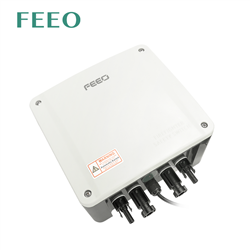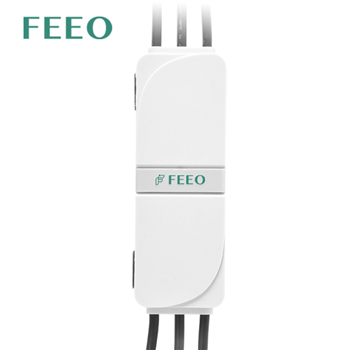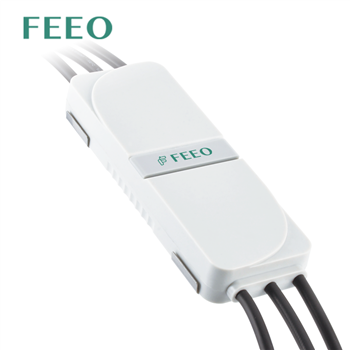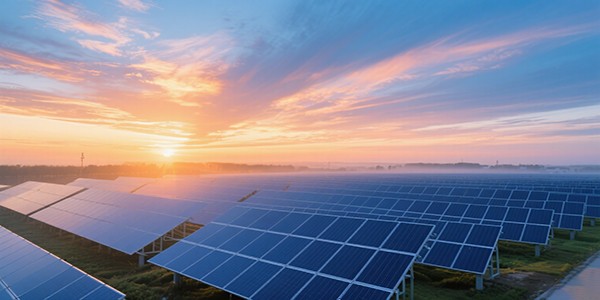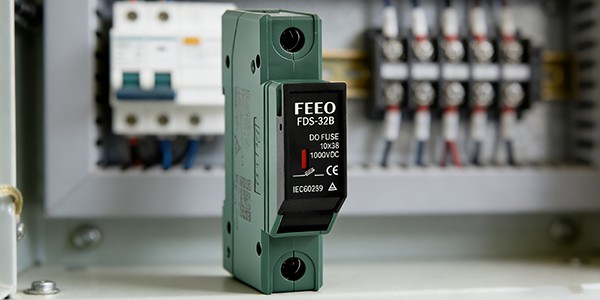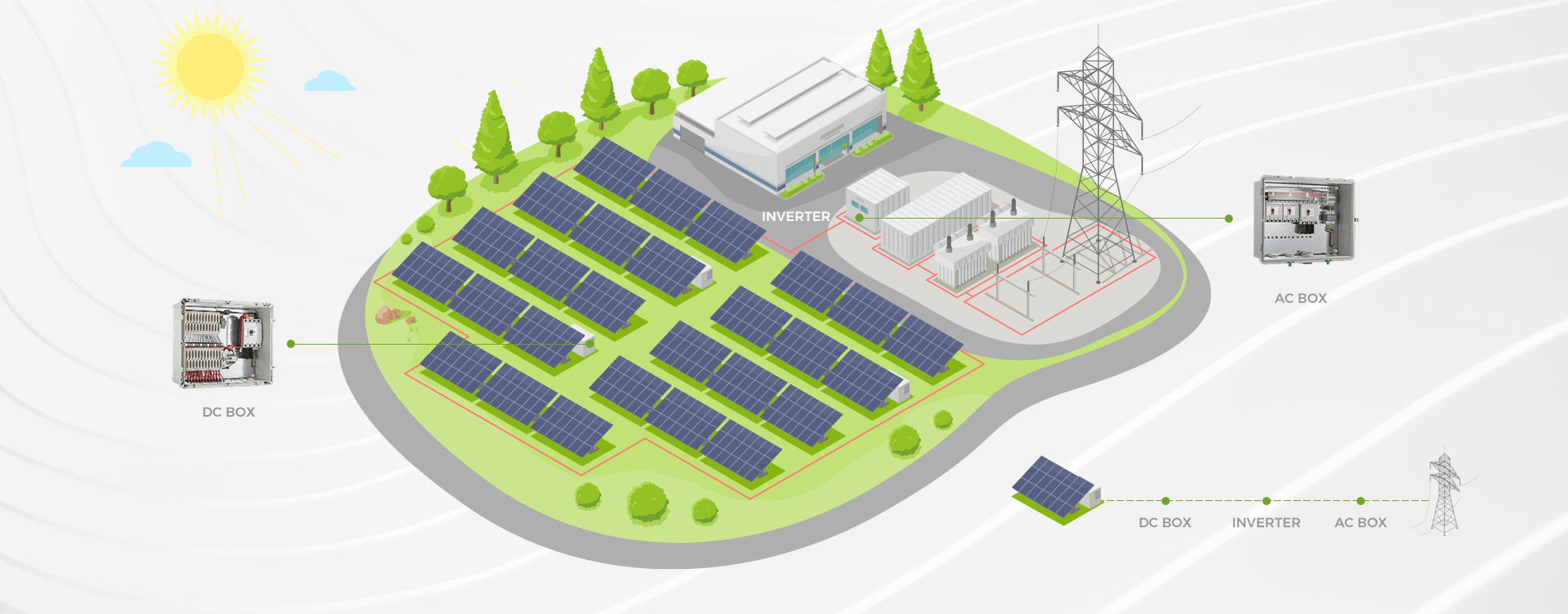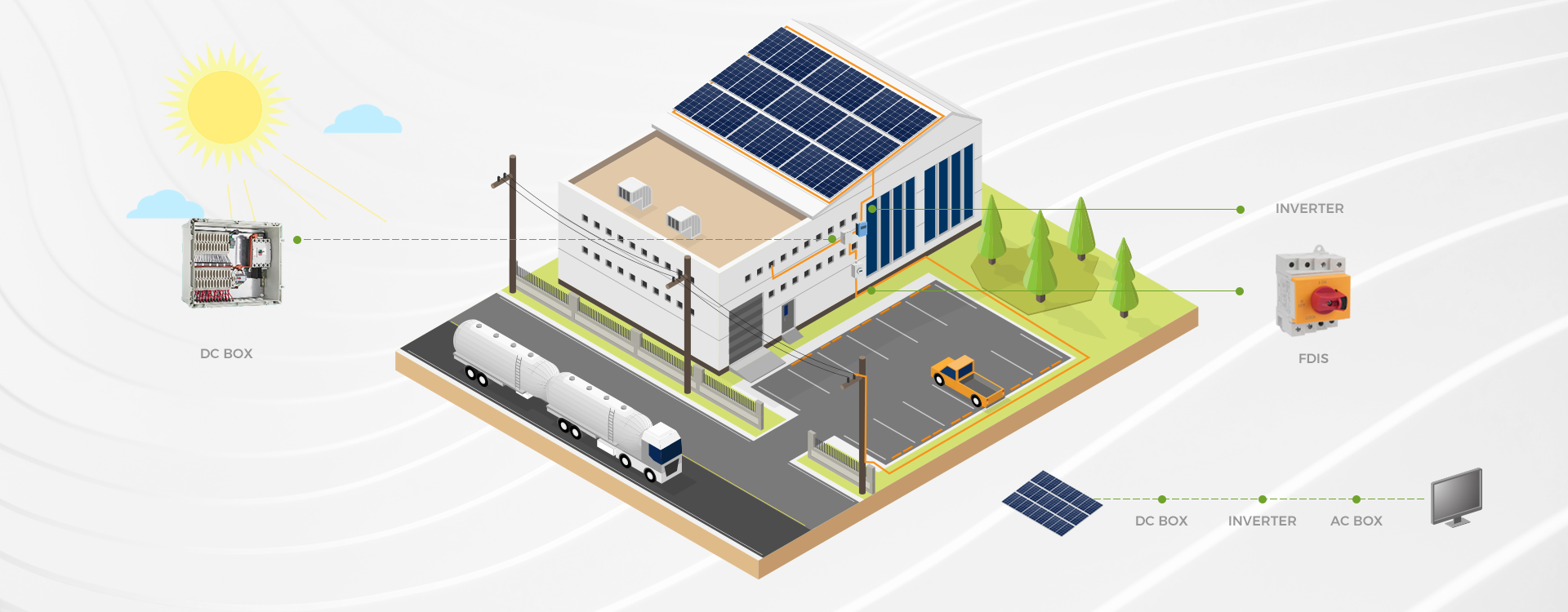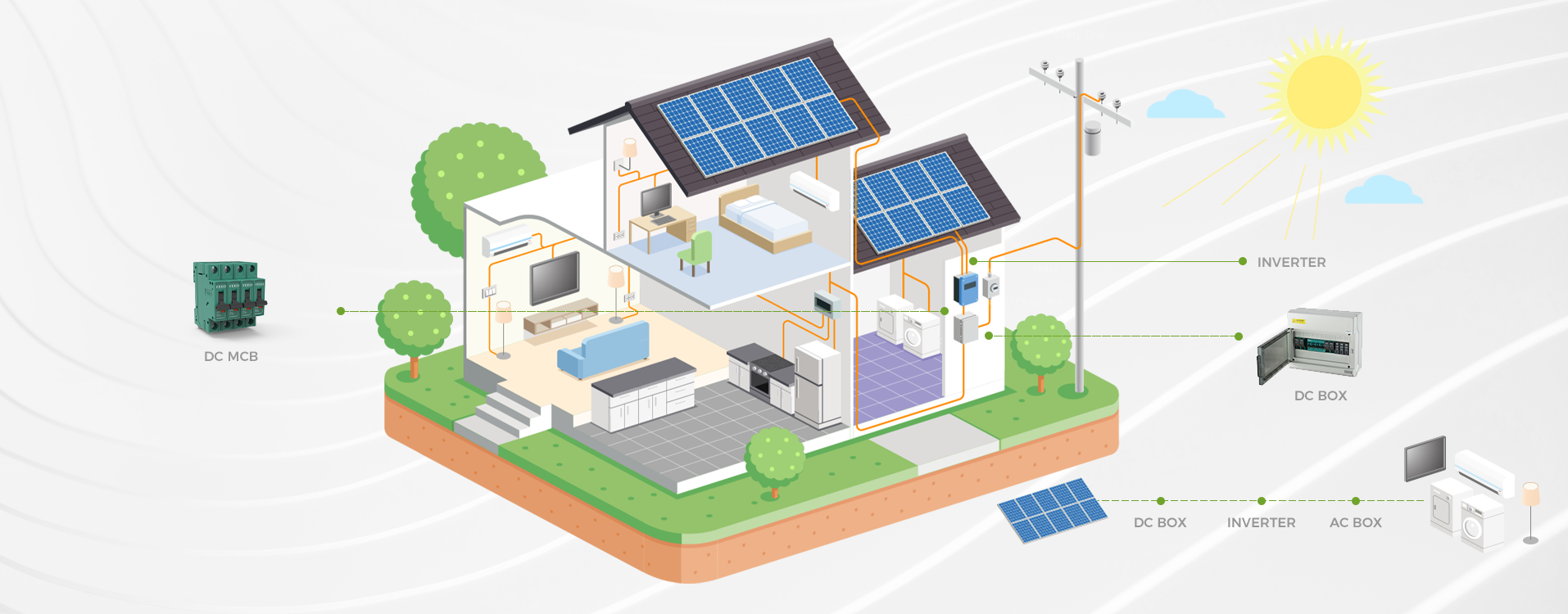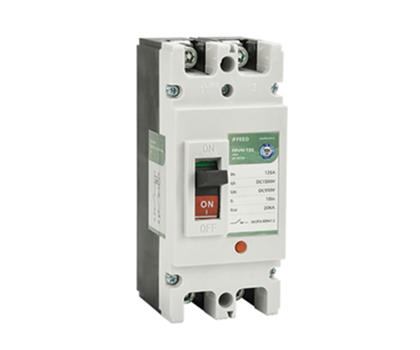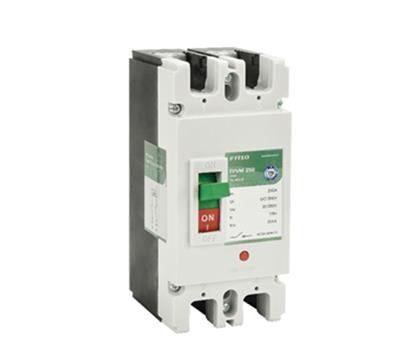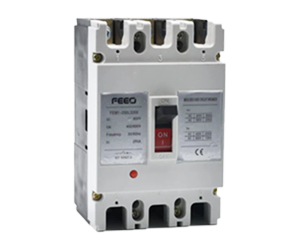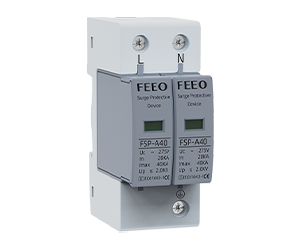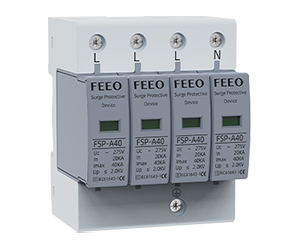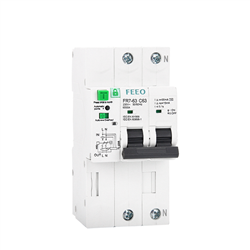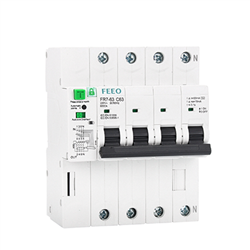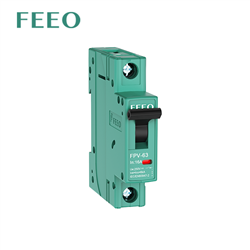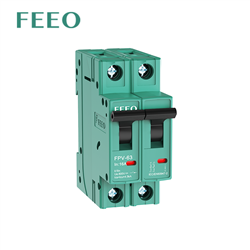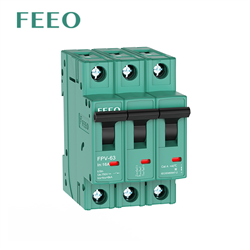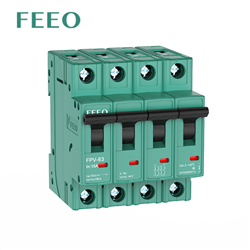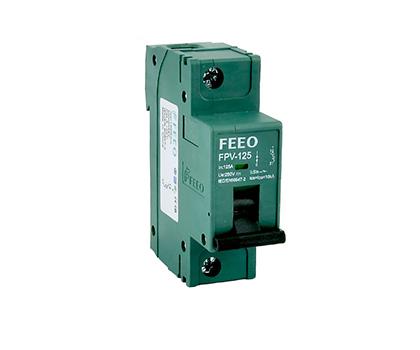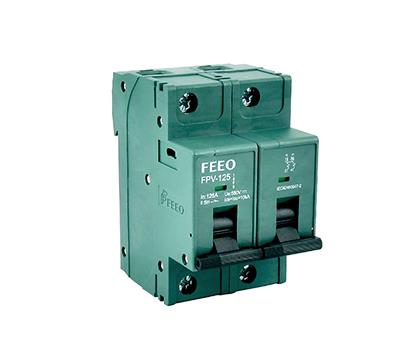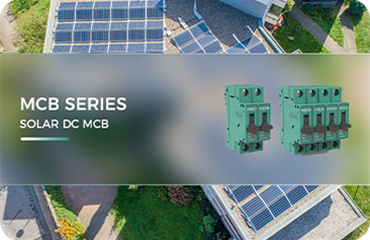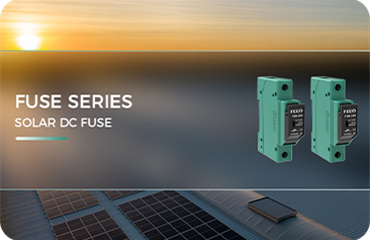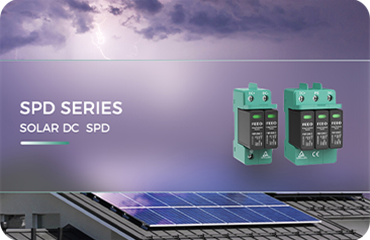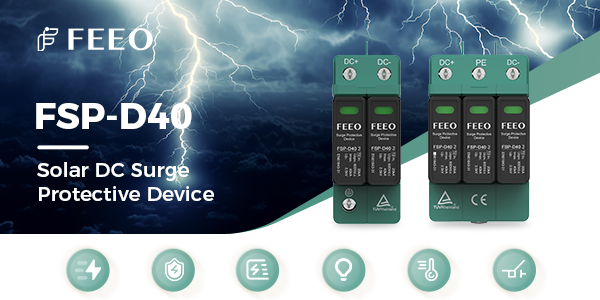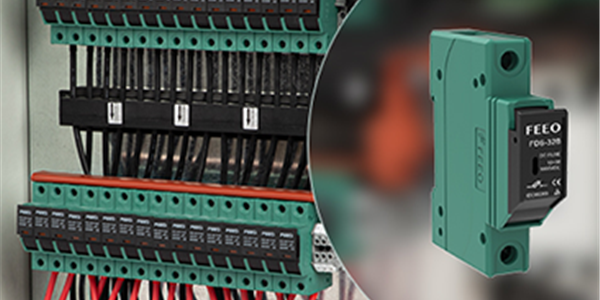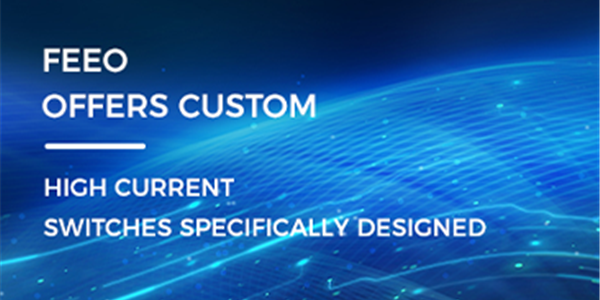Get to Know Photovoltaic Systems
As the global demand for sustainable development and clean energy continues to increase, photovoltaic systems, as an important renewable energy solution, are gradually becoming the focus of the energy industry. Photovoltaic systems use solar energy to convert light into electrical energy, bringing enormous potential and benefits to our society and environment.
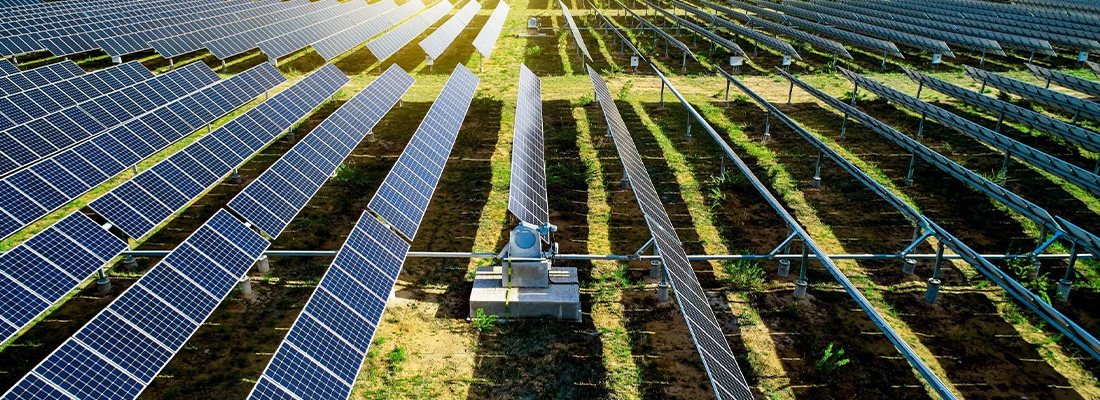
What is a Photovoltaic System
A photovoltaic system, also known as a solar power system, is a system that uses the photovoltaic effect to convert sunlight into electricity. It consists of solar panels (photovoltaic panels), battery storage systems, and inverters. Photovoltaic systems are widely used in residential, commercial, and industrial fields, as well as in remote areas and off-grid scenarios. They are clean, renewable energy solutions that can reduce reliance on traditional fossil fuels and cause less pollution to the environment. The development of photovoltaic systems also benefits from technological progress and government support for renewable energy, gradually becoming an essential part of the global energy transition.
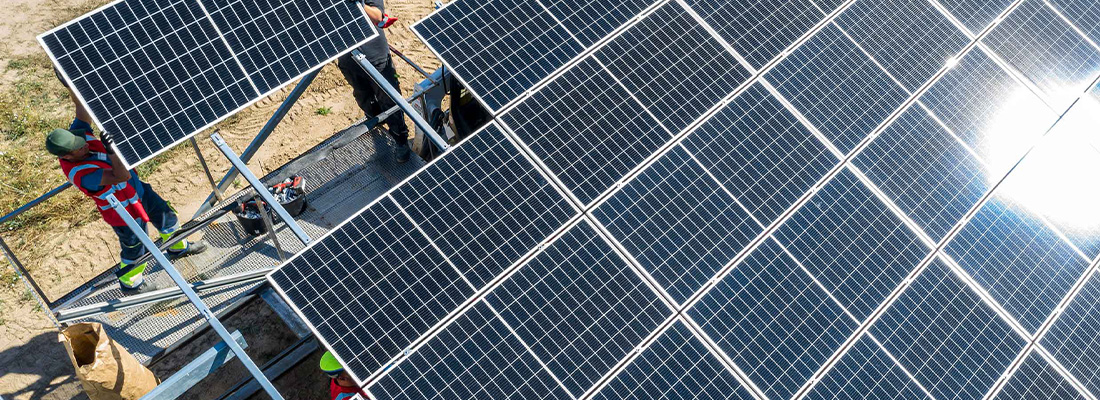
Components of Photovoltaic Systems
A photovoltaic system is a system that converts solar radiation into electrical energy using light. It is mainly composed of the following parts:
Solar Panels: Photovoltaic panels are the core components of a photovoltaic system and are composed of multiple photovoltaic cells. When sunlight shines on the photovoltaic cells, the semiconductor material in the cell generates a photovoltaic effect, converting light energy into direct current.
Mounting and Fixing Devices: Photovoltaic panels need to be installed on mounts or fixing devices to face the sun and maintain an appropriate tilt angle to achieve maximum solar absorption.
Inverter: The electricity generated by photovoltaic panels is direct current, while most household and commercial applications require alternating current. The inverter converts direct current into alternating current for supply to the grid or for local use.
Battery Storage System (optional): Sometimes, the photovoltaic system is equipped with a battery storage system to store the electricity generated during the day for use at night or on cloudy days. The storage system could be a lead-acid battery, a lithium-ion battery, or other types of batteries.
Charge Controller (optional): If the photovoltaic system is used to charge batteries, the charge controller will monitor the battery's status and control the charging process to ensure efficient and safe battery charging.
Grid Connection (optional): For grid-connected photovoltaic systems, grid connection equipment such as a grid inverter and energy metering devices are needed. These devices enable the system to inject surplus electricity into the grid or draw from the grid to supplement shortages.
Power Monitoring System: Photovoltaic systems usually include a power monitoring system to monitor and record data such as power generation, power output, battery status, etc. The monitoring system can be accessed through a display screen, mobile application, or remote cloud platform.
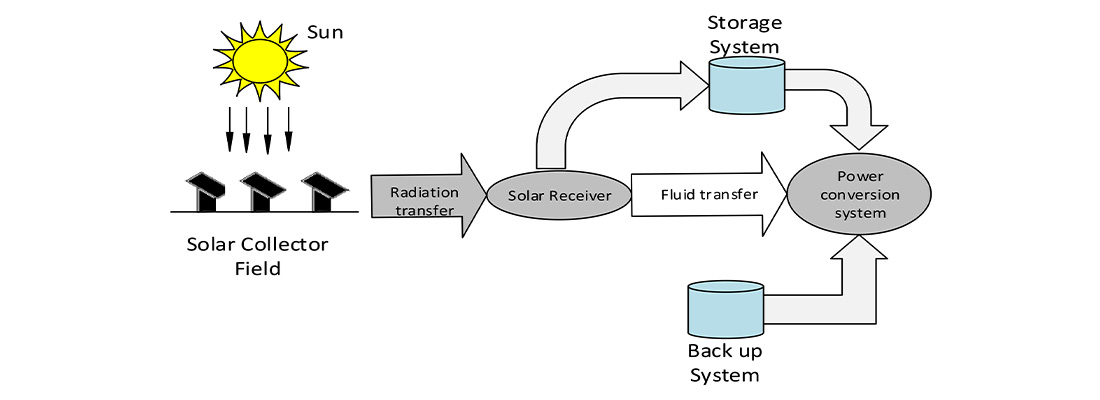
Working Principle of Photovoltaic System
The working principle of a photovoltaic system is based on the photovoltaic effect, a physical phenomenon that converts solar energy into electrical energy. When sunlight shines on a photovoltaic cell, the photon energy is absorbed by the photovoltaic material (usually silicon), causing the electrons in the material to gain sufficient energy to transition to the conduction band, forming electron-hole pairs. This process creates a voltage difference, forming an electric field at the ends of the battery. When an external circuit is connected to the photovoltaic cell, the electrons will flow along the circuit, generating a current. This direct current can be converted into alternating current by the inverter for supply to the grid or direct use.
The realization of the photovoltaic effect depends on the structure and material characteristics of the photovoltaic cell. Typically, a photovoltaic cell is composed of multiple thin sheets or layers of photovoltaic material, each material layer having optimal absorption characteristics for specific wavelengths of light. This structure ensures that the photovoltaic cell can efficiently absorb solar energy across different spectral ranges.
Other components in the photovoltaic system, such as mounts, inverters, battery storage systems, and grid connection devices, serve to optimize the efficiency and reliability of photovoltaic power generation. Mounts are used to install and position photovoltaic panels to maximize the reception of solar radiation. Inverters convert the direct current produced by photovoltaic cells into alternating current to meet power demand or connect with the grid. Battery storage systems can store excess electricity for use at night or under low light conditions. Grid connection devices connect the photovoltaic system with the grid, realizing bidirectional power flow and energy exchange.
Through the working principle of the photovoltaic system, light energy is efficiently converted into electrical energy, providing a clean and renewable energy solution. This sustainable form of energy is widely used around the world and is expected to play an increasingly important role in future energy systems.
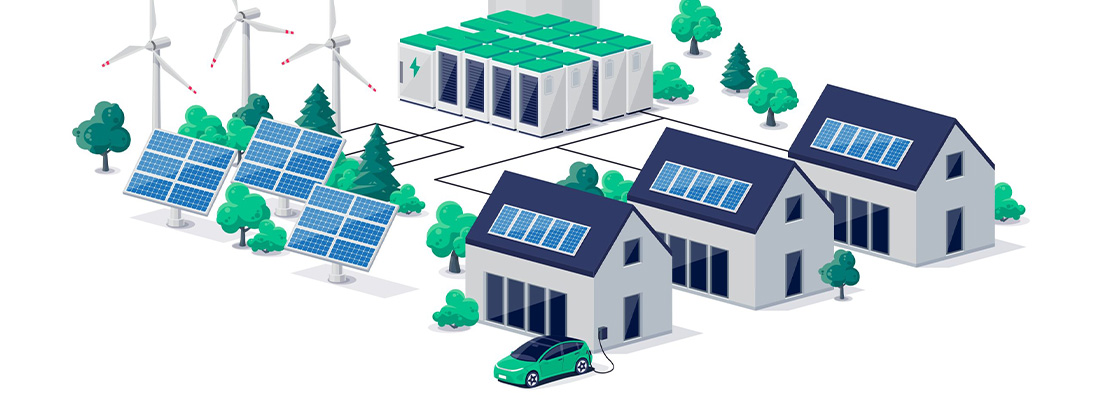
Advantages of Photovoltaic Systems
Asa renewable energy source, photovoltaic systems have numerous advantages:
Sustainability: Photovoltaic systems use sunlight, a renewable and inexhaustible source of energy, to generate electricity, making them a sustainable energy solution.
Reduced Emissions: Unlike traditional fossil fuel power generation, photovoltaic systems do not produce harmful emissions or pollutants during operation, contributing to environmental protection and climate change mitigation.
Versatility: Photovoltaic systems can be installed in a wide range of environments, from residential rooftops to large-scale solar farms, and can be used in off-grid or remote areas where power supply is challenging.
Low Maintenance: Photovoltaic systems have fewer moving parts compared to traditional power generation equipment, resulting in lower maintenance requirements and costs.
Energy Independence: By generating their own electricity, owners of photovoltaic systems can achieve a level of energy independence, reducing reliance on the grid and potentially saving on energy costs.
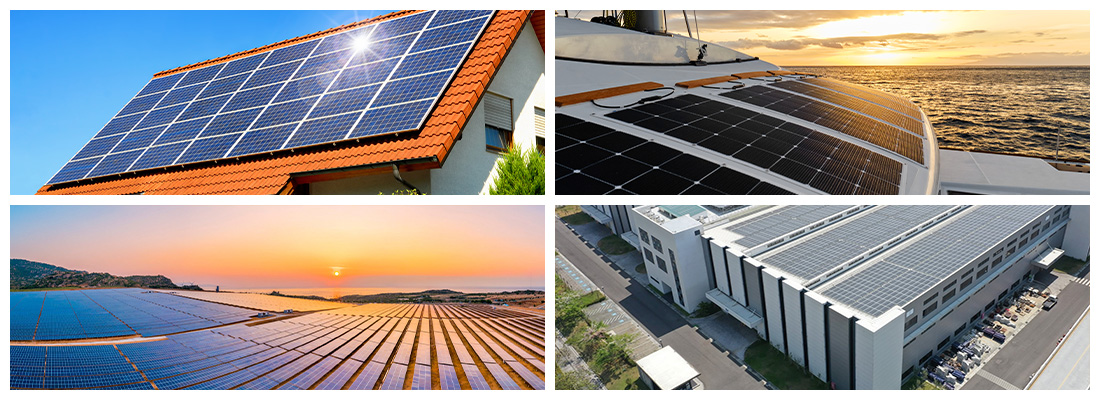
The future of photovoltaic systems is bright
The prospect of photovoltaic systems is promising, with continuous technological advancements and policy support promoting their development and adoption. As an essential part of the global energy transition, photovoltaic systems are expected to play an increasingly crucial role in achieving a sustainable and clean energy future.
